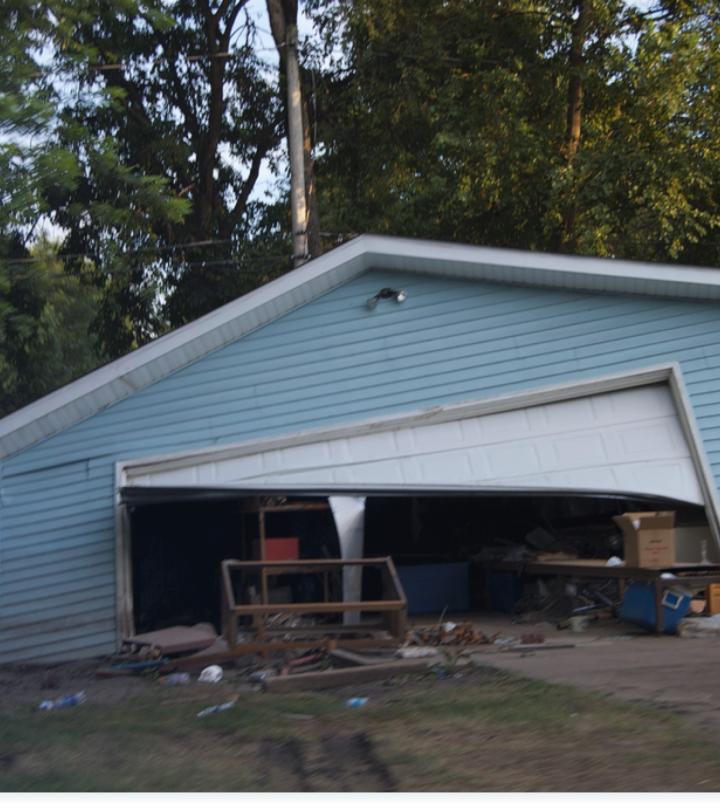Flood insurance is pretty much exactly what it sounds like, but for many people, it is much more. For many people, it is a saving grace that allows their homes to be rebuilt or repaired, while their bank accounts remain full. Numerous places have flooding risk, and standard homeowner’s insurance policies do not cover flooding. Because of this, additional flood insurance should be purchased by anyone seeking to protect a home from this force of nature.
Flood insurance protects both structures and home contents from damage caused by water from a flood. A flood is a temporary occurrence in which two or more acres of land that is usually dry is filled with excessive water or mudflow. If your home is in a place that is at risk for flooding, flooding insurance is an extremely important addition to your homeowner's insurance policy.
What Does Flood Insurance Cover
Flood insurance covers both of the structure of your home and the contents inside of your home. Each of these coverages has their own deductibles and their own limits.
The coverage that a flood insurance policy covers in regards to the structure of your home includes the following:
- The foundation of your home
- Both electrical and plumbing systems
- The heating and cooling systems of your home, specifically the central air systems and furnace
- The water heater or heaters in your home
- New built-in appliances within your home
- Refrigerators and Stoves
- The drywall in your home
- Insulation
- Staircases
- Carpeting that is installed over unfinished flooring
The coverage that a flood insurance policy covers in regards to the contents of your home include the following:
- Furniture
- Clothing
- Electronics
- Dishwashers
- Washers and dryers
- Carpeting not covered in the structure insurance
Keep in mind that the estimated value of items in each category listed on your flood insurance policy may not match the limits of your insurance plan. There may be some things that you want to get additional protection for, especially in the cases where the limits are not enough to cover the cost of the possessions within that category. If you are a fan of fine art, for example, the value of your artwork may be more than the limit in a standard policy. If this is the case, you may be able to purchase additional coverage for the category of fine art.
It is also smart to pay attention to the limitations and exclusions of your policy. Some things are not covered, and purchasing additional riders can help in some cases. Vehicles that are self-propelled, including cars, as well as currency, valuable paperwork, precious metals, and a number of other things are often excluded in flooding insurance policies.
In addition, the location of possessions can also impact whether they are covered. Items that are located below the first floor of a property may be subject to limited flood insurance protection. Because of this, you may want to avoid storing valuable items in a basement or crawl space. Some personal property that is often found in basements, like washers, dryers, food storage freezers, and portable air conditioners may be covered in your policy. The only way to know for sure what is or is not included in this area of the home is to look at your plan.
Do I Need Flood Insurance?
In some cases, the government or mortgage lender requires homeowners to have flooding insurance. Essentially, a homeowner should have flood insurance if there is enough risk of a flood in the area that they live. The Federal Emergency Management Agency, or FEMA, determines if your residence is at risk of flooding. They provide Flood Insurance Risk Maps which are available online. If your home is located in a flood zone area that has a chance of flooding, you may want to consider flood insurance. FEMA has three different categories that they use to classify flood risk. These are high-risk areas; moderate to low-risk areas, and undetermined risk areas. The decision on whether to get flood insurance or not is based on this information, as well as your own research.
FEMA flood maps are used by real estate brokers, federal agencies, local governments, and insurance companies, as well as other groups. You should be able to get a hard copy of maps at the local planning, zoning, or engineering office in your area. The maps are also available online. While the threat of damage related to flooding from dams can be high, FEMA does not include them in their maps when assessing risk. This is why it is essential to do your own research as well, rather than depending solely on FEMA's maps.
How Much Does Flood Insurance Cost
For high-risk areas, flood insurance has higher rates and can be relatively pricey. That said, damage from flooding is not cheap, and flooding destroys many homes every year. Prices are affected by the flood risk in the area, the number of claims in the area, and a number of other variables like limits and deductibles.
Because flooding can result in extremely high bill costs, it is recommended to get flood insurance if your home is at high risk or moderate risk of flooding. Homeowners.com is here to assist you in getting the coverage that you need so your finances remain protected.
Get Started with no risk and no obligation.
Get the Best Insurance rates in your area from the top Insurance providers.



